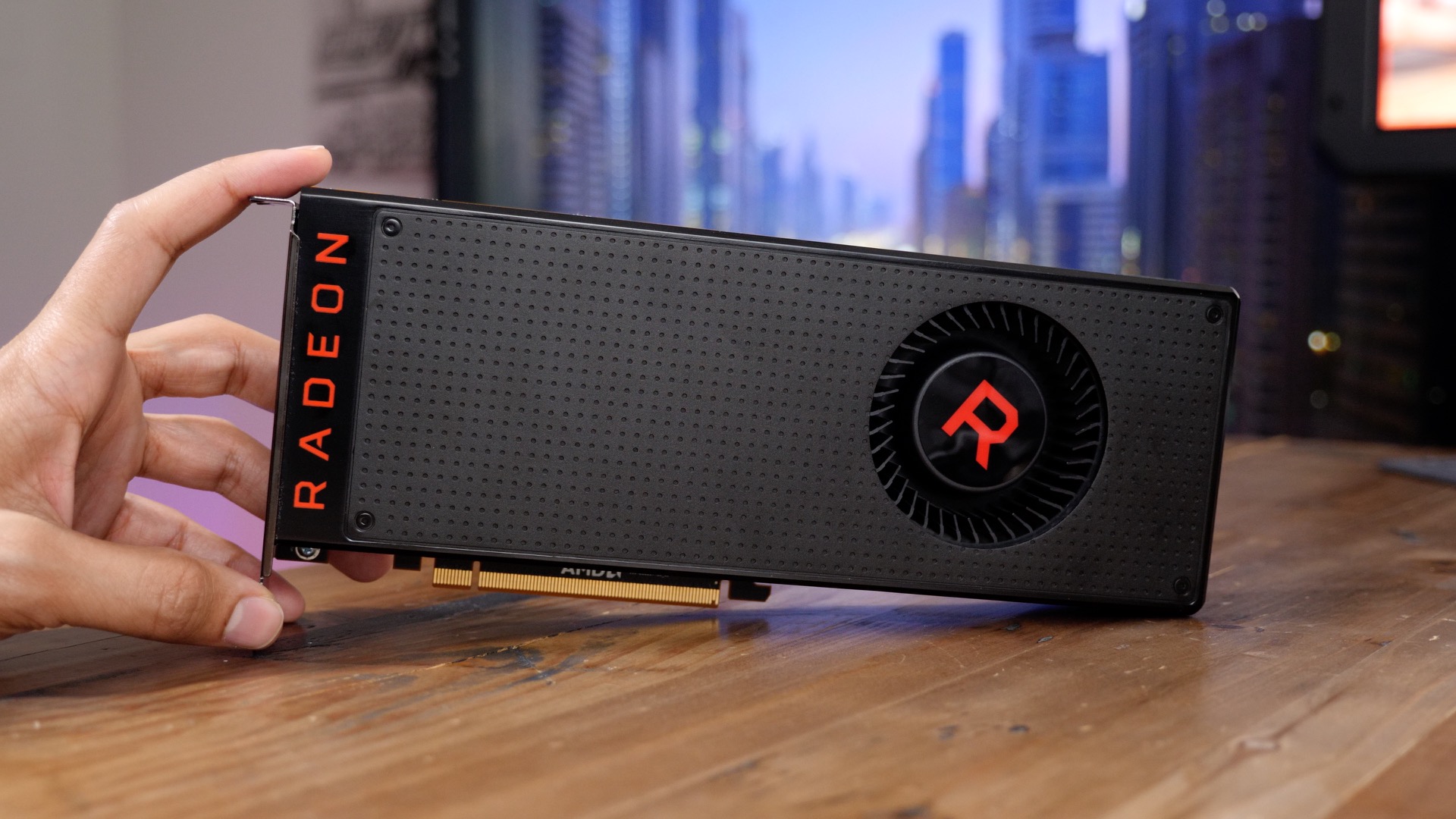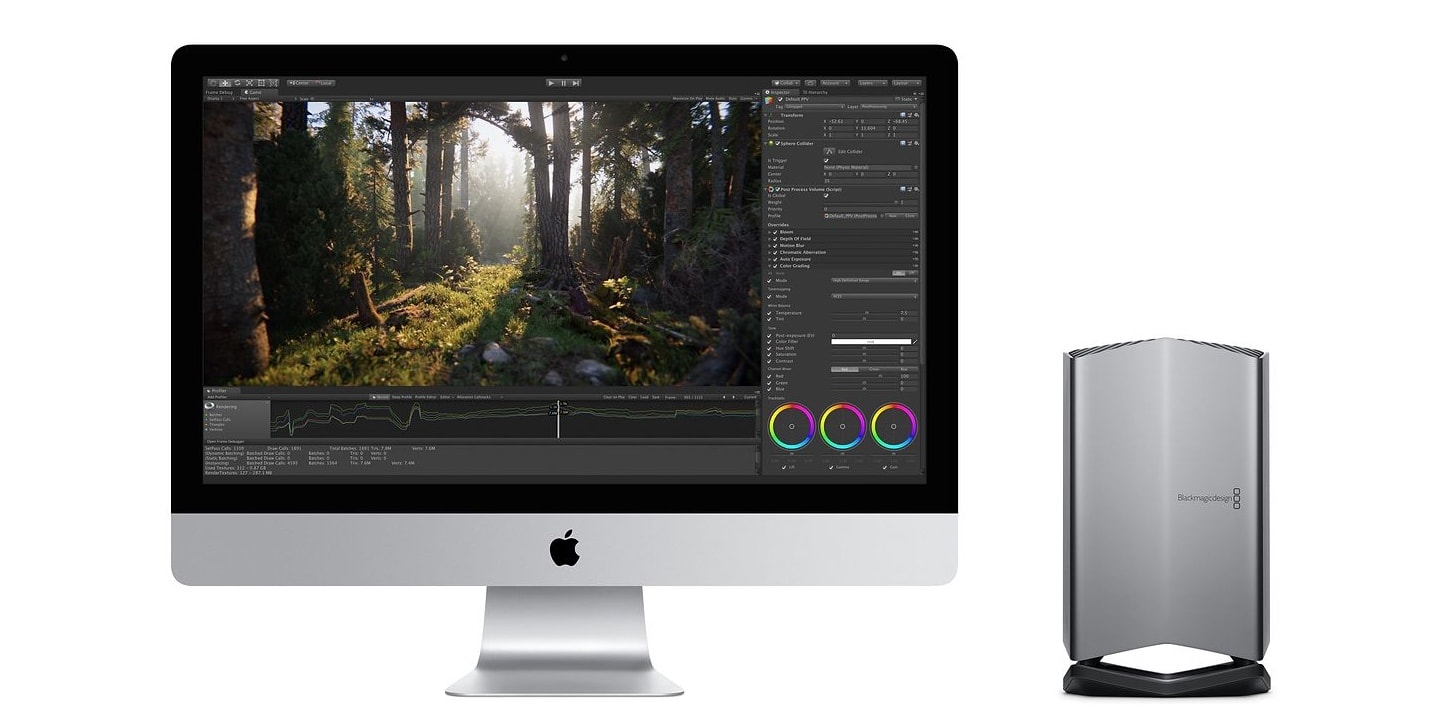


Lastly, the consideration of other features can be a big one for consumers, with various eGPUs containing add-ons like extra USB or Thunderbolt ports, extra card slots for swappable eGPUs, bonus storage capacity, or even added battery life for the device you're using it with. The trade off is that a quieter unit will heat up more easily and potentially throttle performance, while a unit with two fans will be louder but ultimately ensure consistent performance. eGPUs with a 300W to 500W max rating will provide adequate performance for gamers, graphic designers, or movie buffs however, ones that can take 800W+ will almost definitely protect your device from the next generation of software.ĮGPUs should also be weighed up for their noise output, and whether one or more fans are used. The key consideration with these eGPUs is that there may be a wattage limit to how much power they can acceptably run with from a card. Swappable eGPUs may or may not come with a graphics card, but often include a series of compatible cards that can be slotted into your external housing at any time. Pre-installed eGPUs, as the name suggests, come with a built-in graphics card and are probably the most common type of eGPU, seeing as PC users will often buy and install their own cards themselves. These are pre-installed and swappable eGPUs.

First off, there are two main types of eGPUs, both of which determine their full potential in terms of power and performance.


 0 kommentar(er)
0 kommentar(er)
